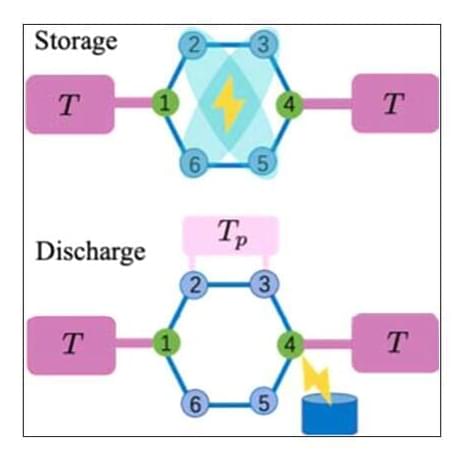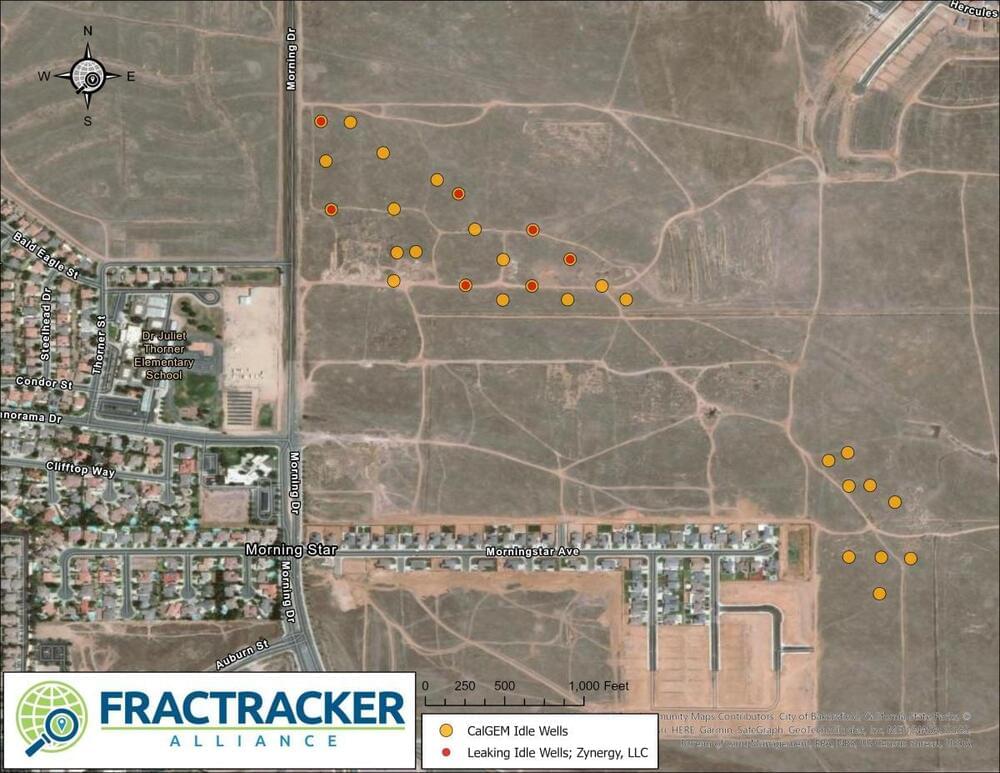Jun 9, 2022
Earth-abundant solar pixels found to produce hydrogen for weeks
Posted by Shailesh Prasad in categories: chemistry, energy
Devices made of readily available oxide and carbon-based materials can produce clean hydrogen from water over weeks — according to new research (Nature Materials, “Long-term solar water and CO2 splitting with photoelectrochemical BiOI–BiVO 4 tandems”).
The findings, co-led by Dr Virgil Andrei, a Research Fellow at St John’s College, University of Cambridge, with academics at Imperial College London, could help overcome one of the key issues in solar fuel production, where current earth-abundant light-absorbing materials are limited through either their performance or stability.
Multiple BiOI and BiOI-BiVO 4 pixels on a device. (Image: Dr Virgil Andrei)
















